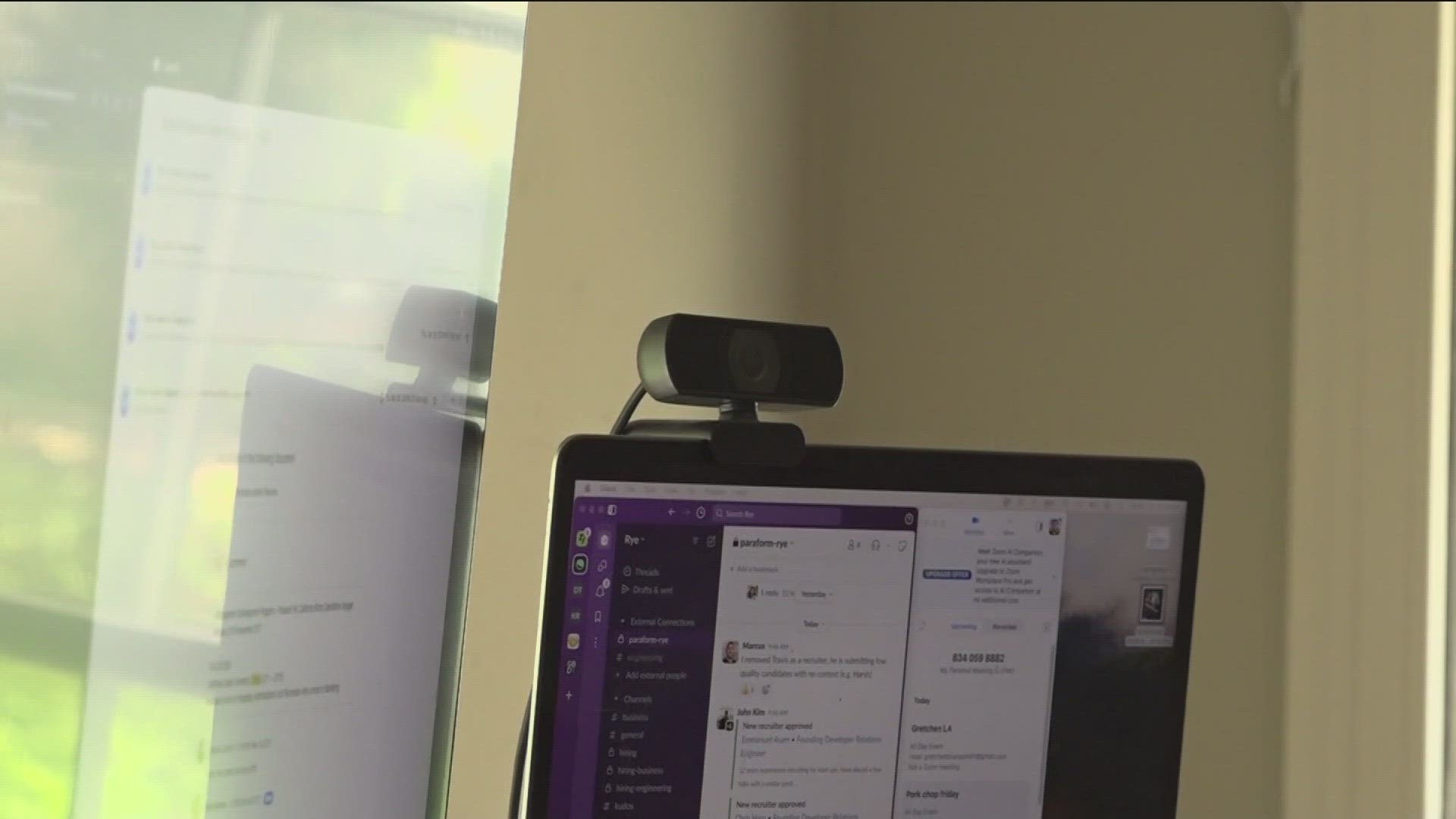AUSTIN, Texas — It's been four years since Austin’s roads were nearly empty during the COVID-19 pandemic. But now, they're as busy as ever as people return to their offices.
Almost five months have passed since the city of Austin declared that its employees would have to return to the office at least 50% of the time.
Many other Austin businesses and companies followed suit – and for people like Marcus Dubois, it's a breath of fresh air.
“I'm very happy to go because I am very bored at home,” Dubois said with a laugh.
Dubois said he’s worked remotely for tech companies over the past four years.
“My dog was very happy to have me around the office. You know, tons of flexibility,” Dubois said.
But Dubois said it got old.
“A little bit lonely at home, you know, you don't have a lot of work transition. There’s not a ceremonial end to the day, you know, you can kind of just keep drifting through the night doing small, little things and that makes it tough to turn off,” he said.
Dubois said it was hard to get to know people, communicate effectively and collaborate while online. But in December, he switched to a hybrid job. He now goes to the office three times a week.
“We’re able to collaborate more in person, able to move faster, able to understand the culture of the market that you’re operating in,” Dubois said. “Having those in-person communications are very invaluable.”
Dubois says the commute still isn’t fun, but “commuting is also good for breaking up your day and signaling that you need to turn things off, too."
RELATED: Meet Corporate Erin, the TikTok executive from Indiana now triggering the entire working world
Conversely, Travis County Commissioner Brigid Shea said the real breath of fresh air comes from working at home.
“Both because you reduce carbon emissions, but also you help solve congestion, so here we have proof of it with the pandemic,” Shea said.
Shea said the biggest cost and driver of carbon emissions for the county was heating and cooling their building, as well as employees commuting to and from work.
During the pandemic, Shea said county leaders noticed they didn’t have any of those costs while still efficiently doing their jobs at home.
“We adopted a policy in May 2020 of pursuing a goal of having 75% of our eligible workers work remotely on a permanent basis,” Shea said.
Shea said people can still choose to work in-person, but most average only a day or two in the office.
Shea said the county saw huge progress in the 2021 and 2022 sustainability reports.
“We documented that we saved about $1.3 million in utility bills,” Shea said. “We measured a reduction of about 30% of our greenhouse gas emissions from our employee commute.”
Shea said that was calculated based on the number of employees, the number of people who drove to work, how much they drove and how much fuel their vehicles burned off.
They calculated their employees’ satisfaction, too.
“We’ve improved employee morale. In cases, we've documented an increase in employee productivity and it helps people save money on their gas,” Shea said.
Shea said they'll stay remote, hoping for less busy roads again one day.

